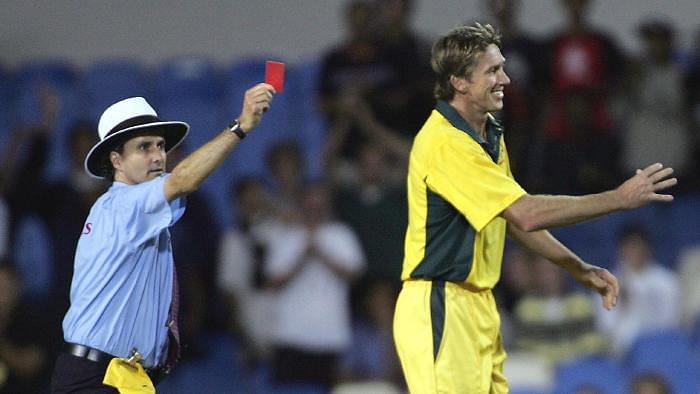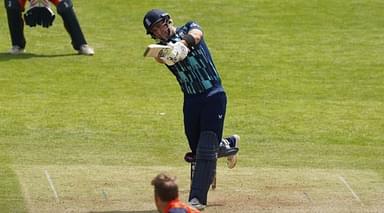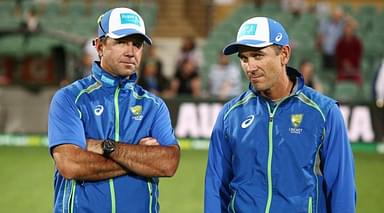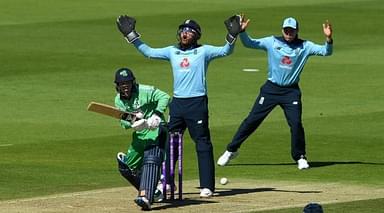Cricket will witness several changes in the near future as the MCC releases a new set of cricket laws to safeguard the interests of the game. These laws will come into effect once the ICC decides to approve it in a few months time.
Advertisement
Substitute Wicket Keeper
One of the major changes was the removal of the traditional rule that does not permit a substitute fielder from donning the wicket keeper gloves in case of an injury to the current keeper.
The final approval of this change will be given by the umpires. This is done so as to ensure that one team does not take undue advantage of this new change in the rules.
“It was felt that, if the original wicketkeeper was genuinely injured, then a substitute should be allowed to take over, but that the umpires should control the situation to prevent abuse,” the MCC explained in a summary of their amendments to Code.

“A substitute still cannot bowl, bat or act as captain.”
This change came due to an incident that happened in a Sheffield Shield match in February when Victoria were refused to field a wicket keeper after their current keeper, Sam Harper suffered a sever concussion and was unable to continue.
Although Harper was wearing a helmet and was standing up to the spinner, he was struck on the head by the bat while the batsman was completing his follow through.
ALSO READ : The rise of the teenage sensation known as Rashid Khan
Victoria wanted to change their keeper but were denied as the rules clearly stated that they cannot allow a substitute fielder to keep wickets. But this will all change once the new rules get implemented by October.
Tethered Stump Bails
In more good news for wicket keepers, a mechanism will be created which will allow the bails to be tethered to the stumps. This should prevent unfortunate injuries like the one Mark Boucher suffered in which the bail hit his eye.
Mankad Law
The Mankad law has also been changed. Now the non striker should not leave his crease if does not want to risk getting run out by the bowler.
“It is often the bowler who is criticized for attempting such a run out but it is the batsman who is attempting to gain an advantage,” the MCC said in an explanation of the change.
“The message to the non-striker is very clear – if you do not want to risk being run out, stay within your ground until the bowler has released the ball.”
A fine addition as the MCC releases a new set of cricket laws.
Code for behaviour
A new “code for behaviour” has also been released by the MCC. This will allow the umpires to keep the players in check and also dismiss the layer if his/her behavior is deemed unacceptable. This will be done in four levels.

mcc releases a new set of laws
Level One will be a warning to the player. Level two is a five run penalty that will awarded to the opposition team. In case of Level three offence the player will be suspended for a certain number of overs. And a Level four offence will result in the offending player being removed from the field of play along with five penalty runs being awarded to the opposition.
Bat Size
The size of the bat has also been fixed to a certain limit. The MCC believes that huge bats are giving batsmen undue advantage which makes it very difficult for bowlers to compete on a level playing field. The maximum dimensions will be 108mm in width (unchanged from the previous rules), but 67mm in depth with 40mm edges.
A fine addition as the MCC releases a new set of cricket laws.
ALSO READ : Chris Lynn’s IPL season is over already
“MCC has left no stone unturned in researching and redrafting the new laws of cricket and has done so in order to make the laws work in a way that makes sense to players, umpires and spectators,” said Fraser Stewart, the law manager of the MCC.
“The laws are applicable worldwide so they need to be as simple as possible to understand and inclusive to all. The club hopes to encourage interest in the game at all levels and believes these new laws are reflective of the present time and easier for cricketers and umpires to interpret.”




